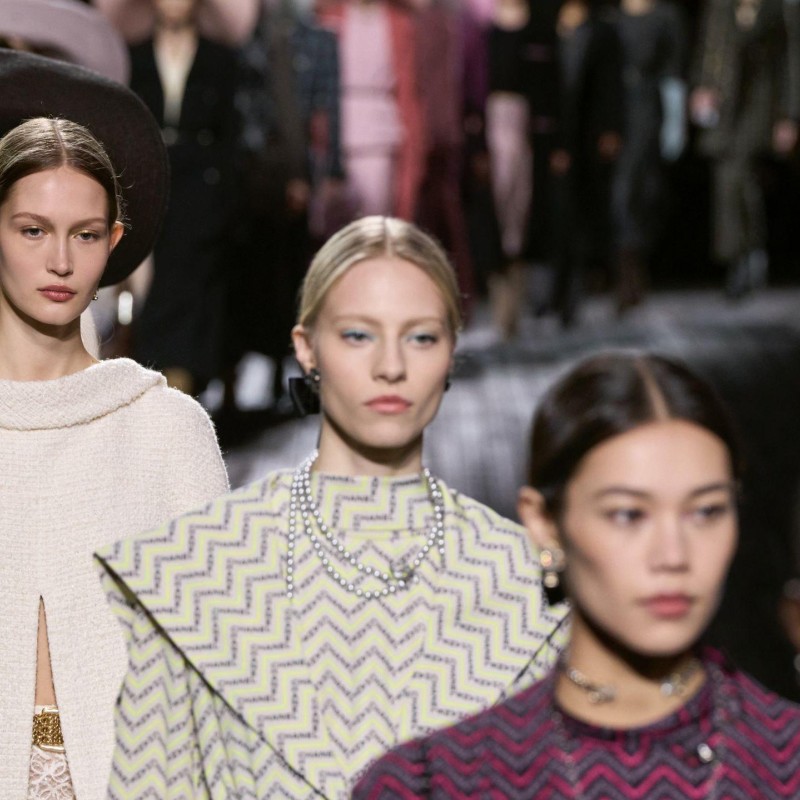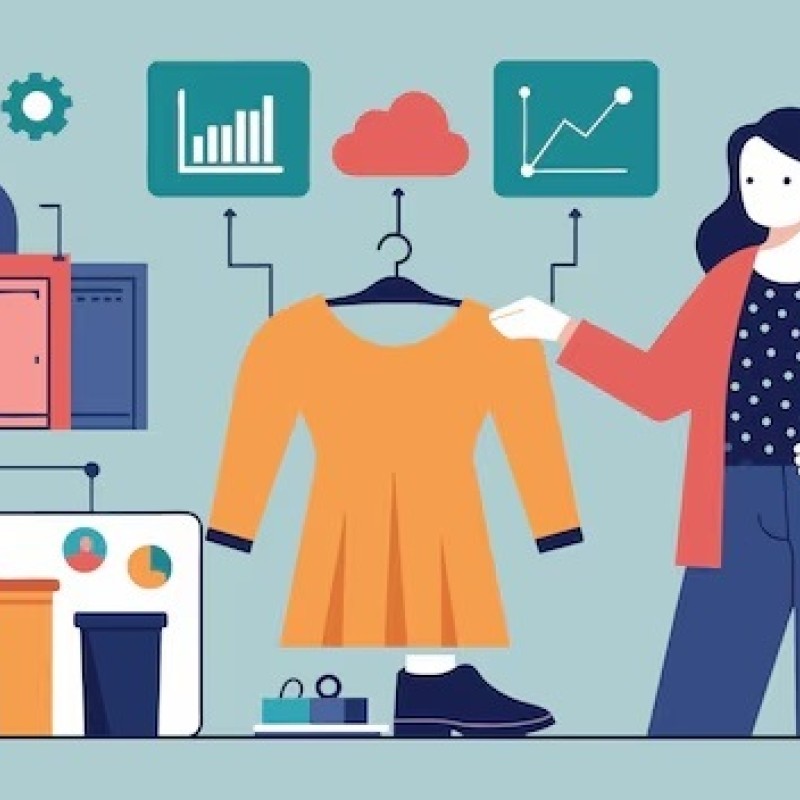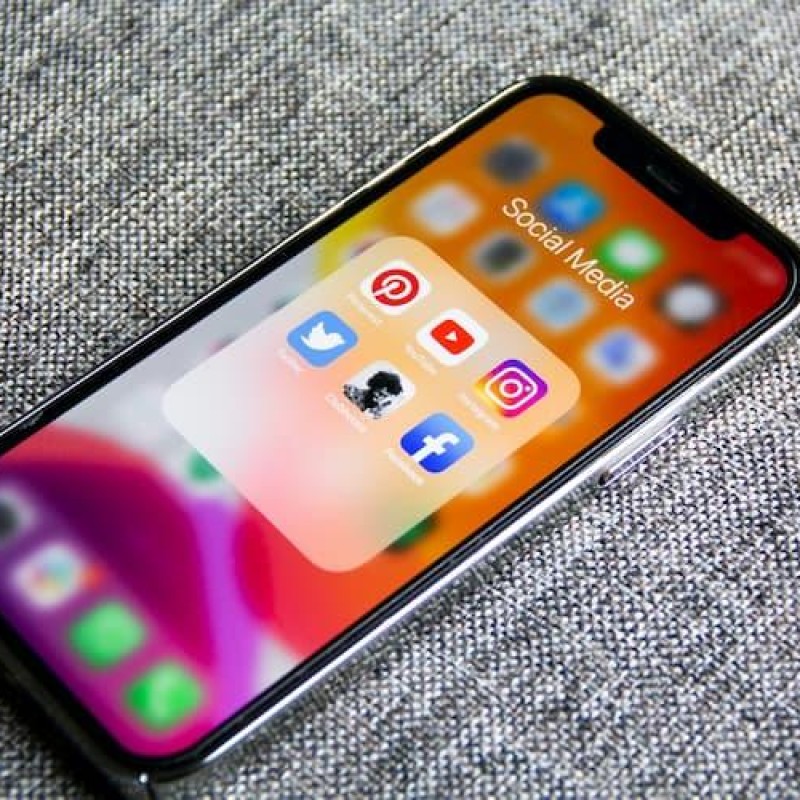The fashion industry makes up 10% of global carbon emissions and nearly 20% of wastewater. It’s currently the third most polluting sector on the planet, sat under fuel and agriculture. Leaders in fashion know something has to be done, and for the past few years sustainable and ecological topics have noticeably dominated the industry’s agenda. Brands have been reworking their business models and transforming their values to show consumers how much the planet means to them. But, while on the surface it may appear ‘things are being done’, latest research shows the sustainable future landscape is not as positive as it seems.
Business of Fashion’s newly launched Sustainability Index is taking matters into its own hands by working with fashion leaders, such as H&M and Nike, to hold them accountable for their environmental-impact actions. The first sustainable report of its kind, Business of Fashion, has uncovered that while the industry is prioritising climate change, no fashion house has yet managed to excel or achieve in this area.
We at Beyond Talent Recruitment have pulled together an overview of the latest sustainable fashion results in a bite-sized format that you can ponder over your mid-morning or late-afternoon espresso.
Got your own views on the topic? Do get in touch and share them with us.
The term transparency simply means understanding how every item is sourced, made, manufactured and delivered. Supply chains have been one of the biggest issues when it comes to corporate social responsibility and sustainability in the industry. Mainly due to the fact that most garments are made in factories abroad and there isn’t the ability to watch over processes.
Newer brands, like Tentree and Everlane, who both launched with transparency at the core of their values have been ecological champions for the industry. Their ability to succeed in this area mounted pressure on mainstream global brands to follow suit, along with numerous of stories about poor labour conditions across the world.
Latest research reveals that transparency is an area the fashion industry is managing to achieve evidential results in. There have been a lot of internal efforts across the board to really understand supply chains, material sources and working conditions. Nike achieved the highest score for transparency in the Sustainability Index with 71 out of 100. The company has made progress with its transparent goals and is working hard to be honest and open with customers through regular communications, articles and reports.
Fashion companies have seen a monumental shift in sustainable expectations with the conscious-consumer. In fact, 91% of fashion businesses recently agreed that their customers are showing a growing interest in environmental issues. Shoppers are starting to demand more from their purchases: they don’t just want to look good in them, they want to feel good about buying them too.
Brands such as Farfetch and ASOS are clearly putting sustainability as a priority with the launch of new initiatives to improve their impact on the environment. Farfetch, for example, has launched Farfetch Fix to help customers get more life out of their items. And, ASOS customers can now hand over clothes they don’t want to delivery drivers, who will donate them to charity.
The good news is the industry does see the importance of sustainability and is focusing on ways to give back to the environment, rather than take from it. And with the sustainable market predicted to be worth $36.6 billion by 2025 this shift will not only make sense for the planet, but for business revenue too.
Fashion is responsible for 2.1 billion metric tons of greenhouse-gas (GHG) emissions, which is about 4 percent of the global total. A recent report from McKinsey put that into perspective when it explained, “the fashion industry emits about the same quantity of GHGs per year, as the entire economies of France, Germany and the United Kingdom combined.”
It’s not however all doom and gloom, as reducing emissions appears to be an element fashion businesses are finding ‘easier’ to change, manage and record outcomes for. Why? There’s suggestion that our nation is knowledgeable in this area and changes required are tangible – and sometimes more easily rectified.
Business of Fashion says in its sustainable report that the sector is widely adopting high standards for corporate greenhouse gas emissions, by setting targets and reporting on them. Levi’s is a brand that stands out for making a noticeable difference and is making great strides to meet its target of: using 100% renewable electricity, zero discharge of hazardous chemicals, and 80% of jeans and jackets to be made with water-less techniques.
Every year, 40 million tonnes of textile waste is sent to landfill or incinerated. China alone contributes to 20 million tonnes of this, and the problem seems to rising, not lessening. While there has been a lot of talk about circularity fashion, reducing packaging, and launching fewer collections each season, a large number of fashion houses and brands have a long way to go to sort their waste issues out.
Stella McCartney, the pioneer for sustainable fashion, has however proved it is possible. Honoured in the 2020 Fashion Awards in the Environment category, Stella recently spoke about using her business’ waste and turning it back into materials they could use for their designs. For example, the fashion designer uses recyclable aluminium chains for her Falaballa bags and has been mixing plastic bottle waste into her shape and swimwear collections. She does however share her frustrations for working in this way, as she admits it affects her creative license. But, standing by her passion and desires to preserve the planet for future generations, Stella says it’s all part of the process and urges more designers and companies to approach their collections in this way.
Fashion businesses know they need to take sustainability seriously. If they don’t, there will be no world, let alone a world with fashion. However, a challenge that the industry keeps coming up against is finding the money to fund sustainable goals.
To change processes and techniques to meet carbon-neutral standards, takes time and money. With a pandemic spreading across the world, which has caused lasting damage to the economy, businesses are struggling to find the right amount of investments required to carry out the sustainable plans they aspire to.
Bangladesh-based denim manufacturer, Mostafiz Uddin, openly shared how he asked some of his customers for help to secure a £3 million loan to pay for upgrades that would allow him to operate more sustainably. He was met with shakes of the head, apart from one company - H&M Group.
Since then, brands have been seeking new ways to raise the money for sustainable improvements by turning to environmental, social and corporate governance (ESG) financing. This method relies on financial products from sustainability-linked bonds that help businesses fund social and environmental projects. Approximately £4 billion sustainability-linked bonds were issues in January alone, so there’s hope this new avenue will give the industry the boost it needs to make changes, sooner rather than later.
Finally, the biggest elephant in the room when talking about fashion and sustainability are policies, regulations and real, hard evidence. For years the industry has got away with not having any laws, governing bodies or rulings to abide to. Whereas other sectors, like the motor industry, have a clear road map ahead: all new petrol and diesel cars must be banned by 2030. If the Government put laws in place for the fashion industry, businesses would have to comply, shift their mindsets and find solutions to make it work.
The Business of Fashion’s Sustainability Index shows that fashion brands are working to their own sustainability goals, which each brand measuring their outcomes in their own unique way. This has caused a lot of confusion and frustration amongst companies and consumers. If there was one industry standard, with one industry goal, the sustainability shift would happen much sooner and change the way the fashion sector works forever.
Interested in more sustainable discussions? Read here…
Use our expertise as a top fashion recruitment agency to find your next role or candidate beyond your expectations.





Beyond Talent
Fashion Recruitment Agency
Specialising in Senior and Executive recruitment for the luxury fashion, lifestyle and beauty industries worldwide.
Head Office Address
20-22 Wenlock Road, London, N1 7GU
Contact Us